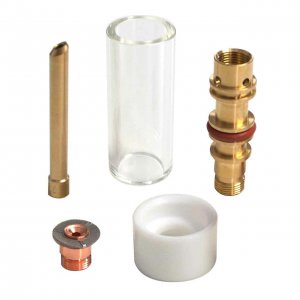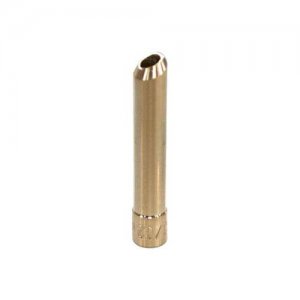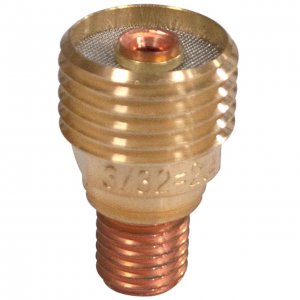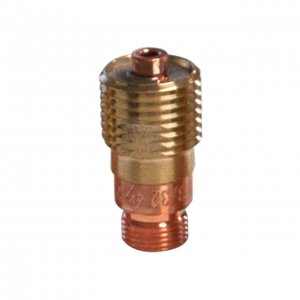Thanks for the tip. I will be looking for non-split collets. The link place pops up a warning they only ship to UK on orders over $135, and come to that, the import requirements since 1st January may be new.
My welder (from Poland) at first got returned to the supplier, who promptly messaged me that they were going to try again, with new paperwork. It has arrived now, and from my first lookings, it is a super machine. Very "German" looking.
The instructions say that the TIG torch must be a TIG 17V type with s gas valve at the handle. Being a TIG newbie, I am guessing that that is a hand version of flow control that is also done by foot pedal control in some systems. I really have no idea.
The gas bottle I have right now happens to be 5%CO2 with 95% Argon, intended for MIG. To begin, I have quite a lot to play with in welding up the 40mm (about 1.5") steel angle sections, and I expect I will be OK with the supplied 0.8mm (0.03") wire.
My eye is on TIG for welding the type 201 stainless steel tray for my lathe. It's to be made of two 60cm x 40cm food industry trays joined together. They look about 1.6mm thick. Like doing car bodies, I suppose it
could be done with MIG as a series of short little dabs, and then grind back the inevitable splodges, but here is where I thought to use TIG, with a 308 stainless filler, which is supposedly good for joining austenitic stainless of the same type. There is the choice also of 316 filler with a tad more silicon, supposedly good for welding 201 also. You can bet I will be trying it out on the off-cuts first!
So, for all this, I have to put together the gas tube and connection to the welder, the handle (air cooled?), and the most likely useful collection of little parts (as per your link). I suppose I will have to invest in a second bottle deposit for the pure Argon, which then makes possible a Frankenmixer as suggested by
@General Zod earlier. That would be for the future.
I see in your link
https://weldfabulous.com/welding-supplies/tig-welding/tig-consumables/ there are various "Gas Saver Kits" like this one with a Pyrex Cup.

That one listed at
$38.99
I take it the mesh thing at lower left is one of those "gas lenses" that apparently make a smooth gas flow straight down.
Then there is the little tube with the sloped exit.

We have two things competing for the name "Gas Lens". Both are 3/32"


Prices are
$11.69 for the left side .. .. and
$22.42 for the one on the right
The variety of designs (and prices) from every vendor and his dog seem infinite. A whole cluster of tiny bits and pieces, and I haven't yet got to the sharp pointy tungsten bits, available in all angles and diameters, and some folks grind them to their own preference.
Sure - I am happy to go with the starter recommended default. Right now, it's still a little hard to see which that is!





